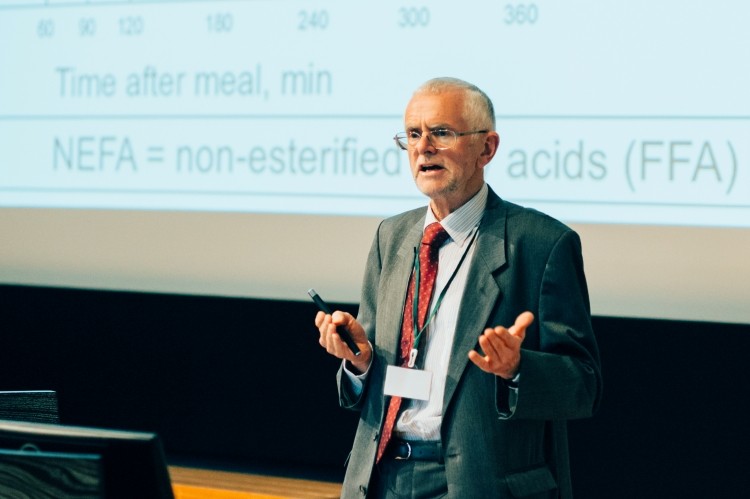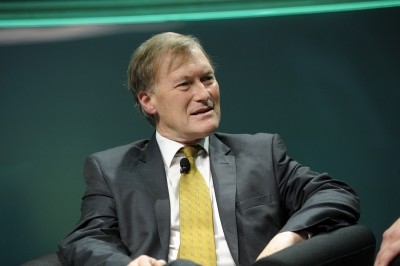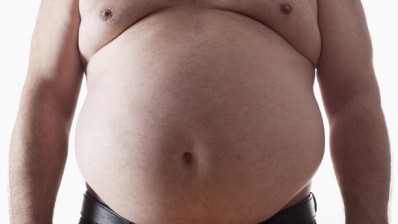Obese people’s adipose cells fail to regulate fat

Giving the British Nutrition Foundation’s annual lecture in London last month, Professor Keith Frayn, emeritus professor of human metabolism at the University of Oxford, described how adipose tissue, such as that around the gut, was crucial in regulating the absorption of dietary fat.
“Healthy adipose tissue is very good at regulating a pathway of fat storage to get more dietary fat out of the circulation and store it away safely,” said Frayn.
Unfortunately, in obese people adipose cells are far less efficient in regulating the body’s metabolism of fat, he said. Instead it forms as an “ectopic fat deposition” around organs such as the liver. This is associated with insulin resistance, the development of type II diabetes and cardiovascular disease.
Fat protects tissues
“Fat in the right place is obviously a good thing but fat in the wrong place is not,” said Frayn. “The adipose tissue is playing a key role in taking out dietary fat and by doing that it is protecting other tissues such as the liver and the skeletal muscle from an excess flux of dietary fatty acids.”
However, with obese people there is a massive accumulation of adipose tissue around the abdomen and subcutaneously. To make matters worse, it increases much more than a healthy individual as body mass index rises, he added.
Dietary fat
Dietary fat, known as triacylglycerol, can be broken down in the body by an enzyme called Lipoprotein lipase. The non-esterified fatty acids produced are then transported through the bloodstream to tissues such as the liver plus the skeletal muscle and heart where they act as a fuel.
However, the process of fat mobilisation and storage is reversible, he noted. When not in energy balance, as with obese individuals, it results in weight gain.
“What we see is triacylglycerol extraction into the adipose tissue is much less,” said Frayn. “It is not unreasonable to say that in a way those fat cells are already full and just can’t cope with depositing more triacylglycerol in the short period following meals.”















